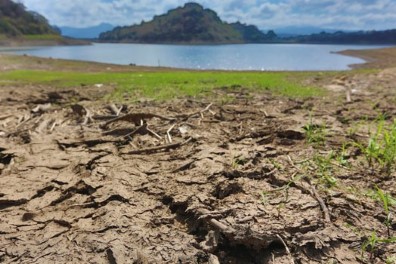In 2014 a drought – linked to a period of “El Niño” – affected Central America. It had severe effects, especially to the Dry Corridor of Central America and the “Arco Seco” in Panamá. The driest months were July and August, although in some countries, the heat wave began in June. There were between 30-60 consecutive dry days in many areas of every country, many of them located in the Dry Corridor.
The aim of GWP Central America’s analysis was to contribute to the prioritization of investments related to the management of risk from extreme weather events, with emphasis on those related to improved water resource management.
The result provided an estimate of the cost in sectors that are of economic importance to the region and that are affected significantly with the decreasing of precipitation.
These are: the agriculture sector, which generates a very important part of the production in rural areas and provides employment for the poor; the hydropower sector, which generates much of the power in the region; and the WASH sector, which is indisputably a necessary condition for human development.
The economic impacts of drought manifest through different routes or paths, depending each sector. For example, when there is drought in the agricultural sector, this triggers a series of
events: the loss of crops due to drought not only affects the producer directly, but it can also generate a rise in prices impacting consumers of that product. In the case of hydropower, a reduction in rainfall means that the capacity of the plant decreases because it depends on the hydraulic forces. The region will normally turn to thermal generation based on fossil fuels. In the WASH sector, a decrease in rainfall usually means higher operating costs.
Photo: David Romero. Los Laureles reservoir, Tegucigalpa, Honduras

